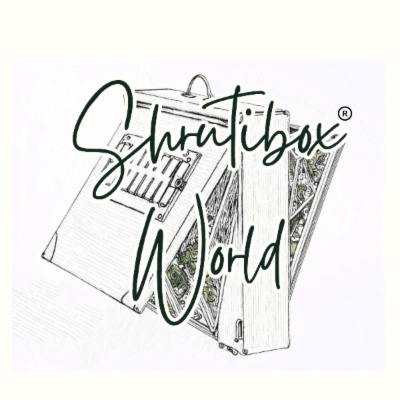History of Shruti Box
The Shruti Box has its origins in the ancient Chinese sheng, a wind instrument that produces sound through small bamboo reeds. These reeds later influenced the creation of several Western instruments, such as the harmonica, accordion, and harmonium.
Christian Gottlieb Kratzenstein, a professor in Copenhagen, is credited with developing the first free reed in the Western world in 1780. This innovation led to the creation of the harmonium, a foot-operated instrument invented in Paris in 1842 by Alexandre Debain. The harmonium quickly gained popularity in churches and small chapels due to its compact size and affordability compared to large pipe organs.
A more portable version of the harmonium was developed, featuring hand-operated bellows, a smaller keyboard, and fewer stops. This simplified instrument was brought to India by travelers, where it was adopted and modified by local musicians to better suit folk and classical music styles. Eventually, the keyboard was removed, creating a smaller instrument solely designed to produce sustained notes and chords to accompany singers and musicians. This new instrument was known as the sur-peti, and over time it evolved into the Shruti Box.
In the 1960s, travelers returning from India brought the Shruti Box to the West. Poet Allen Ginsberg was one of the first well-known figures to use it during his poetry readings. Since then, the Shruti Box has crossed cultural and musical boundaries, becoming a beloved instrument in world music.
